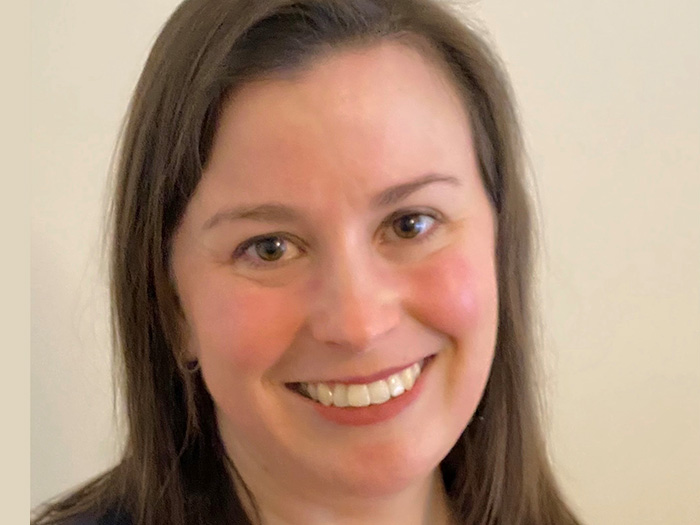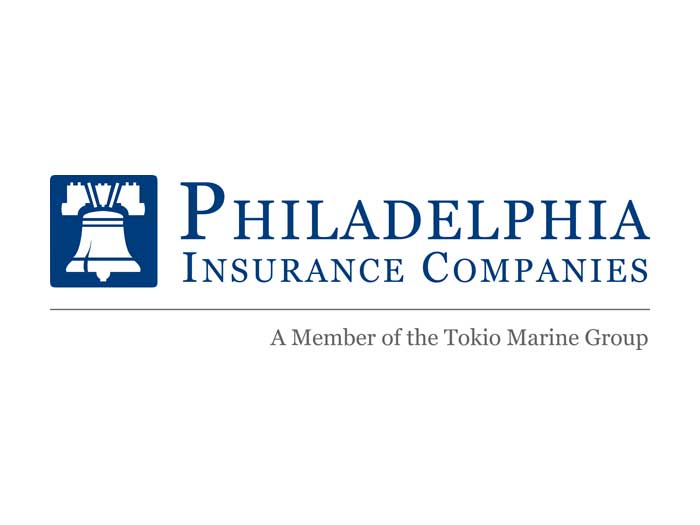Rising Star Molly Lovelette on What It Takes to Succeed as a Broker in the Green Energy Sector


Come see the Stars! As part of our ongoing coverage of the best brokers in the commercial insurance space, Risk & Insurance®, with the sponsorship of Philadelphia Insurance, is expanding its coverage of the Rising Stars, those brokers who represent the next wave of insurance brokering talent.
Look for these expanded profiles on the Risk & Insurance website and in your social media feeds throughout 2023.
Here’s our conversation with Molly Lovelette, vice president and account executive, energy & marine, Alliant Insurance Services, and a 2023 Renewable Energy Power Broker Winner.
Risk & Insurance: How did you get into the energy side of the insurance industry?
Molly Lovelette: I graduated college in 2006 and started working on the renewable energy team at a small brokerage in Boston. I spent 12 years there, working mainly with renewable energy IPP [independent power producer] clients and also dabbling in construction OCIPs [owner-controlled insurance programs] and environmental deals.
In 2017, three of my colleagues and I moved our energy book to Alliant to join a well-established power group headed by Rob Bothwell. This move allowed me to focus solely on power, expanding my career growth into the thermal power space while continuing to hone my skills in the renewables industry.
One of the best parts of my job is my relationships with my clients. Several of my clients have been with us for my entire career. Our clients often don’t have in-house risk managers, so they rely on us to serve in that role.
I enjoy playing a small part in bringing a client’s project to fruition and working within the rapidly changing nature of the power space. Every day brings something new.
R&I: What changes have you seen in the energy insurance space recently?
ML: I’ve spent my entire career broking renewables, and the landscape has changed significantly from the days where we were able to place complex portfolios with one insurer writing 100% of the risk. We rarely saw significant renewables claims in the early and mid-2000s.
While the renewables industry has always been acutely aware of traditional natural catastrophe perils like earthquake, flood and named windstorm, in the last five or so years, secondary CAT perils like hail, tornado and wildfire have become the largest loss drivers for our renewables IPP clients.
These sorts of losses have also impacted capital and reinsurance costs for insurers. Our biggest challenge has been managing rate increases coupled with reductions in coverage. Almost all of our clients finance their projects through debt and tax equity structures, so it’s very important that we educate them about the state of the marketplace and how we structure programs to best keep their projects in compliance with contract covenants.
R&I: What are some of the growing risks your clients face?
ML: The secondary CAT losses combined with increased attritional losses and an overall hardening of the global insurance market means insurers are now much more strategic in how and where they deploy capacity. We must be technical brokers in today’s marketplace, but we also require buy-in from clients on effective risk mitigation strategies for projects being built in CAT-exposed areas.
The geography, technology and contracting partners that our clients select play a role in the terms put out by markets, so we engage early in the lifecycle of any given asset to bring a holistic approach to the overall risk profile and help set the project up for success. We work closely with our in-house engineering group to provide insurers with a complete loss-control picture of the asset.
We have also successfully crafted coverage solutions for our clients outside of traditional insurance to satisfy lender requirements while keeping premium costs in check.
R&I: How big a part does climate change play in motivating companies to switch to green energy?
ML: Climate change has certainly exacerbated the frequency and severity of weather events causing the increase in global natural catastrophe losses we’re seeing in the insurance industry.
The Inflation Reduction Act that the U.S. federal government passed in August 2022 was intended to help move the U.S. power grid toward more sustainable energy sources. It opened up long-term federal tax credits and other incentives to developers in the green energy space, giving our clients the ability to build out their development portfolios.
Separately, we’ve seen corporations start to impose ESG standards, helping to bring an influx of greenfield development [in renewables]. Solar and battery are two of the fastest-growing power technologies within the renewables sector, and we expect to see substantial growth in green hydrogen over the next decade.
R&I: What advice would you give to people looking to get into brokering in the energy space? Do you have any advice for women entering the green energy space in particular?
ML: I am a big believer in investing in those around you. It can be challenging to be a broker in a hard insurance market, but having a team that you can trust and rely upon is the best way to learn the industry and advance your career.
Mentorship has been a big part of my career trajectory. I’ve been very fortunate to have a great mentor in Charlie Long, who hired me right out of college and who I work alongside to this day. He has always been my biggest cheerleader and provided me with opportunities for growth and education.
Charlie’s knowledge of the renewables market is bar none, and this is reflected in the strong rapport he’s built with our clients and partners. His mentorship technique is something that I try to mirror with others on our team.
My biggest piece of advice for those looking to get into energy broking is to seek a mentor and ask them lots of questions. We work in a fast-paced environment and the technology constantly improves, so learning the insurance and power industries side by side is the key to success.
Take advantage of any situation that could accelerate your career growth, whether it’s a networking event, client or underwriter meeting, industry webinar or continuing ed class. You never know when a learning opportunity will present itself. Be vocal and advocate for what you need to be successful in your role. &










